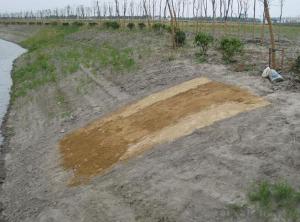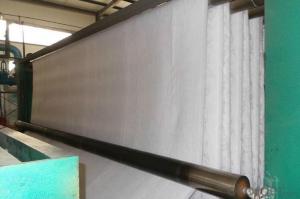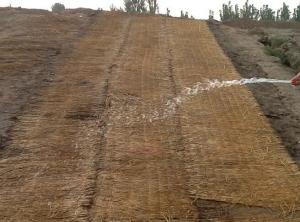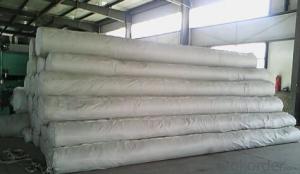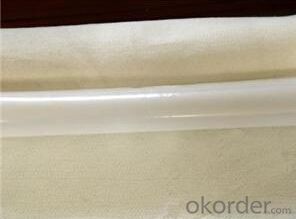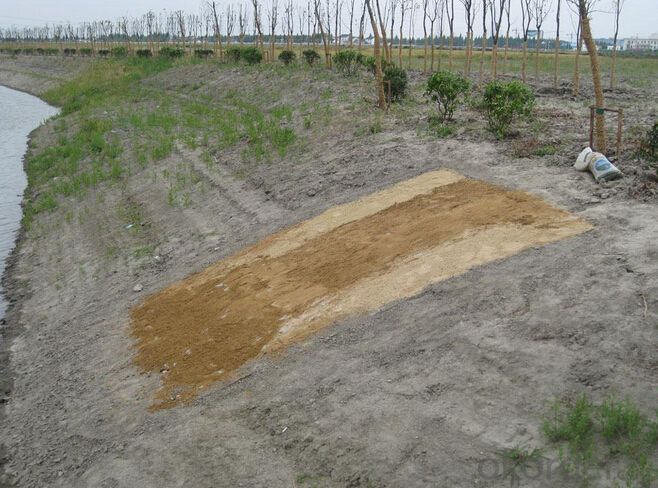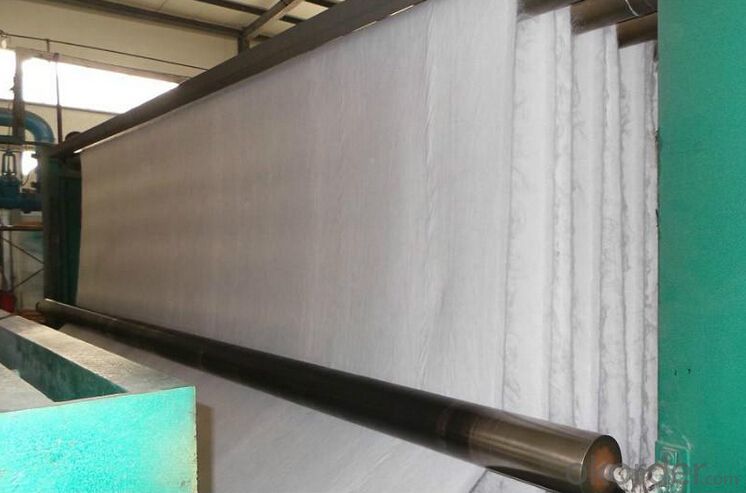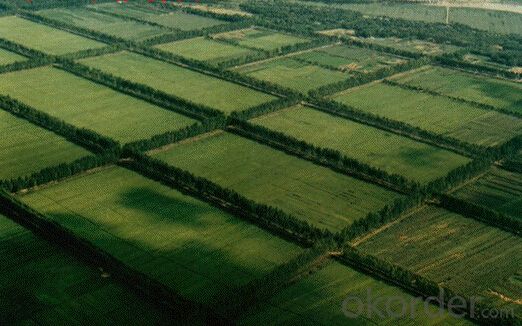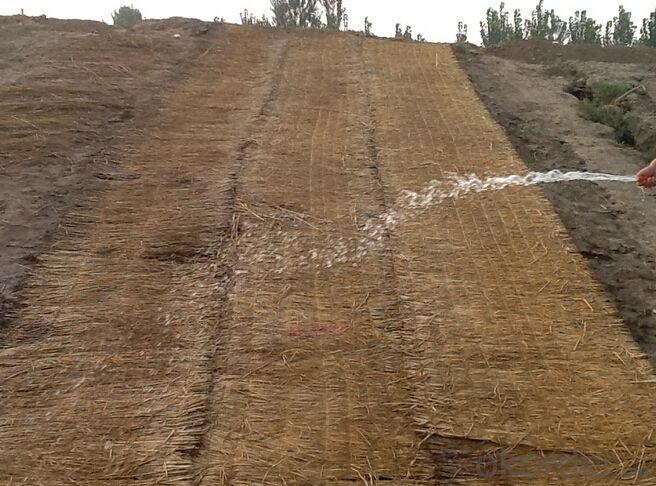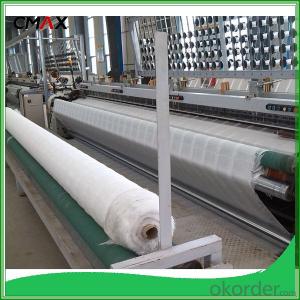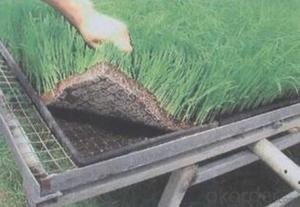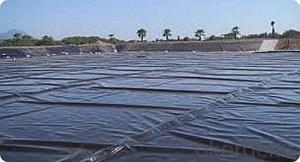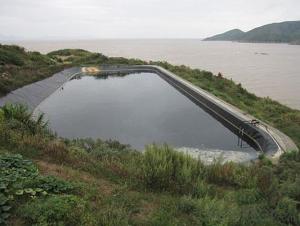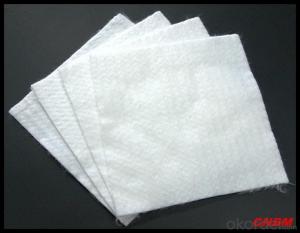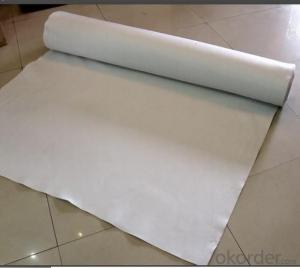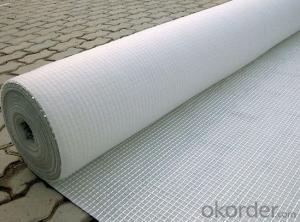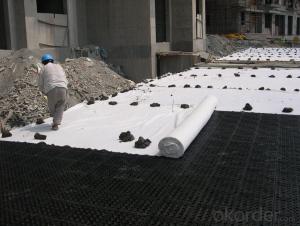High Strength Woven Geotextile - Nutrition Geotextile Geomembrane Factory Supply Direct
- Loading Port:
- Qingdao
- Payment Terms:
- TT OR LC
- Min Order Qty:
- 5000 m²
- Supply Capability:
- 2000000 m²/month
OKorder Service Pledge
OKorder Financial Service
You Might Also Like
Nutrition geotextile in water environmental engineering .
Specification:
Geotextile has excellent permeability, acquired, durability, which can be widely used in railway ,highway, movement hall,Dams,hydraulic structures hence hole, coastal shoal, reclamation,environmental protection and other projects. The main products are Synthetic staple fibers needle punched nonwoven geotextiles and split film yarn woven geotextiles.
Product Feature:
1. Simple and fast construction
2. Achieve the greening effect quickly after construction
3. Due to the grass and composite fiber fabrics become into one integration, so it has the ability of certain degree of flow resistance for the water rising before the grass survive.
4. Composite fiber fabric is a continuous structure from slope top to slope toe, both ends are fixed, has high water flow resistance.
Technical Specification
5.0 m length and 1.05 m width. Reverse side all used filter material. Grass seeds: Bermuda grass (warm season grass), Bahia grass (warm season grass), Kentucky bluegrass (cold season grass), Tall fescue grass (cold season grass), Red fescue grass (cold season grass). Plant height: 0.1 ~ 0.5 m.
| NO. | Items | Specification | Notes | |||
| 1 | Total unit area weight g/sq.m | ≥380 | ||||
| 2 | dimension | width m | 1.0~2.0 | |||
| length m | as per user’s request | |||||
| 3 | Composite fiber fabrics | Material | Polyester Fiber | High strength PET | ||
| Unit area weight g/sq.m | ≥160 | |||||
| Mesh dimension mm | 8×8 | |||||
| Extension strengh kn/m | ≥11 | MD & CD | ||||
| 4 | Filtra layer | Material | Polyester non woven geotextile | |||
| Unit area weight g/sq.m | ≥40 | |||||
| 5 | Grass seeds, Fertilizer | Type | According to actual situation choose 3~5 grass seeds | |||
| Plant height m | 0.1~0.3 | |||||
| 6 | Fiber layer | Material | wood pulp cellulose | |||
| Unit areaweight g/sq.m | ≥15 | |||||
| 7 | flow resistance | ≥4 | not allow appear scour, suction and blanket turn-over etc. damage phenomenon | |||
| M/s | ||||||
| 8 | Anti-UV strengh conservation rate % | 65~80 | 3000hrs Continuously exposure 3000hrs | |||
| 9 | Supporting spare parts | ABS fastening nail | Material | ABS Resin | Fixed between two blankets by length direction | |
| Fiber diameter mm | 35 | |||||
| Nail length mm | 325 | |||||
| Lnail | Material | Steel wire (content 10% zinc-aluminium alloy) | Used to fix single blanket | |||
| Fiber diameter mm | 4 | |||||
| Nail length mm | 200 | |||||
| ABS connecting nail | Material | ABS Resin | Used in the slope between the two blankets ( width direction) | |||
| Nail length mm | 38 | |||||
| Connecting fiber | Material | High strength Polypropylene | Used in the slope between the two blankets ( width direction) | |||
| Length mm | Cut as per request | |||||
APPLICATION:
Generally laid on the river channel, slope protection etc. slope revetment projects, to control the water erosion, soil loss, meantime can reach the effect of slope ecological restoration and landscape greening, making river back to natural.
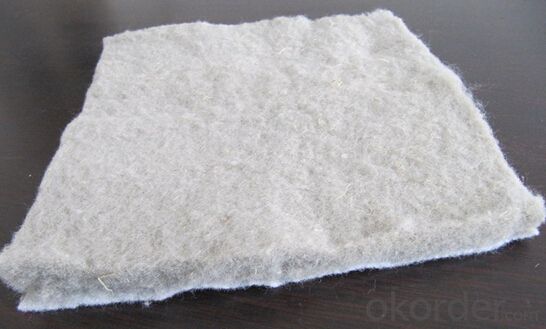
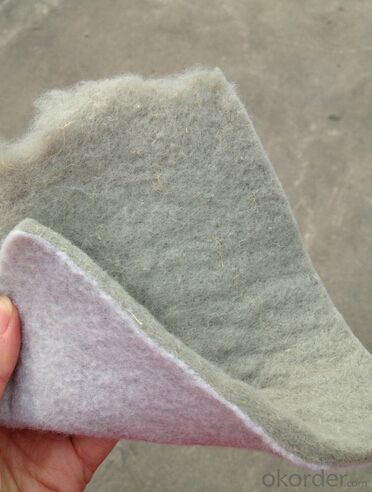
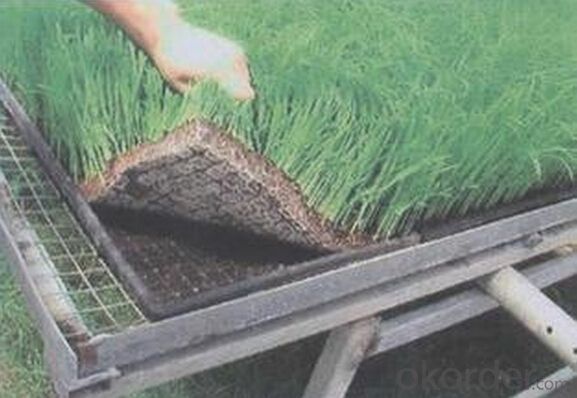

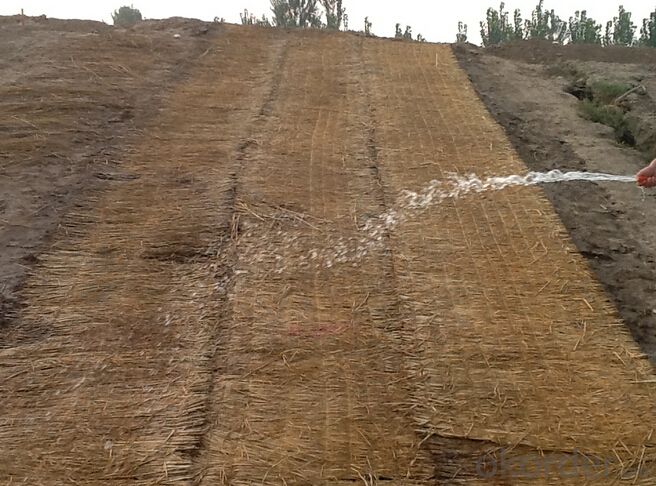
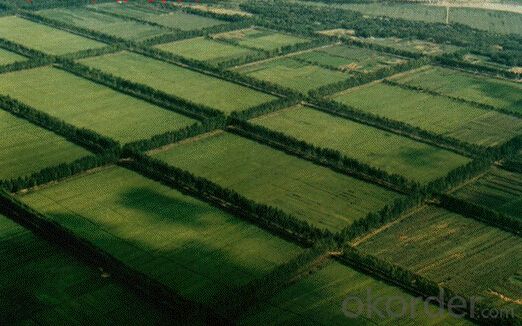
- Q: What are the main functions of geotextiles?
- The main functions of geotextiles include providing separation, filtration, reinforcement, and drainage in various civil engineering and construction applications.
- Q: How do geotextiles help in preventing erosion around culverts?
- Geotextiles help in preventing erosion around culverts by providing a protective barrier against soil movement and water flow. They are placed around the culvert to stabilize the soil and prevent it from washing away during heavy rains or water flow. The geotextiles act as a filter, allowing water to pass through while effectively preventing soil particles from being carried away. This helps maintain the integrity and stability of the culvert structure, preventing erosion and ensuring long-term functionality.
- Q: What are the factors to consider when maintaining geotextiles?
- When maintaining geotextiles, there are several factors to consider. Firstly, regular inspection is crucial to identify any signs of damage or wear. It is important to promptly address any issues to prevent further deterioration. Secondly, proper cleaning techniques should be employed to remove debris, sediment, and other contaminants that may accumulate on the geotextile. This can involve gentle washing or vacuuming, depending on the specific type of geotextile and its application. Additionally, it is essential to follow manufacturer guidelines and recommendations for maintenance, as different geotextiles may have varying requirements. Lastly, monitoring the effectiveness of the geotextile over time is essential to ensure that it continues to perform its intended function. This can involve assessing its stability, porosity, and filtration capabilities, among other factors.
- Q: How do geotextiles affect soil properties?
- Geotextiles can have various effects on soil properties. They can enhance soil stability and prevent erosion by acting as a barrier against soil movement and water flow. Geotextiles can also improve soil filtration and drainage by allowing water to pass through while retaining soil particles. Additionally, they can provide reinforcement to the soil, increasing its load-bearing capacity and reducing settlement. Overall, geotextiles can significantly influence soil properties, improving its performance and durability in various geotechnical applications.
- Q: What is the size of the filament geotextile? What are the characteristics of the application?
- What is the size of the filament geotextile? What are the characteristics of the application?
- Q: What are the different geotextile installation techniques in reinforcement?
- There are several geotextile installation techniques used in reinforcement, including direct placement, sandwich method, and wrap-around method. In direct placement, the geotextile is laid directly on the soil or subgrade and then covered with additional soil or aggregate. The sandwich method involves placing the geotextile between two layers of soil or aggregate, creating a reinforced layer. The wrap-around method involves wrapping the geotextile around a structure, such as a retaining wall or pipe, to provide additional support and stability. These installation techniques help improve the strength and performance of soil structures in various engineering applications.
- Q: How do geotextiles contribute to the performance of geosynthetic tubes?
- Geotextiles play a crucial role in enhancing the performance of geosynthetic tubes by providing reinforcement, filtration, and separation functions. They help to distribute the stress and reduce the potential for puncture or tearing, thus improving the overall strength and stability of geosynthetic tubes. Additionally, geotextiles act as effective filters, preventing the migration of fine particles while allowing water or gases to pass through. This filtration capability helps maintain the integrity and functionality of the geosynthetic tubes. Finally, geotextiles aid in separating different materials or soil layers, preventing the mixing or contamination of materials and ensuring the optimal performance of geosynthetic tubes.
- Q: Can geotextiles be used in subgrade stabilization?
- Yes, geotextiles can be used in subgrade stabilization. They are often used to improve the stability and strength of the subgrade by reducing soil erosion, providing drainage, and enhancing load distribution. Geotextiles can help prevent the mixing of subgrade soil with the overlying base materials, thus reducing the potential for settlement and deformation.
- Q: Geotextile vertical permeability coefficient to retain a few digits
- According to GB / T-1998 in the short wire geotextile permeability coefficient, K = 1.0-9.9 between, so this coefficient should be retained after a decimal.
- Q: Unit of the quality of 400 geotextile piercing strong is generally how much? Hurry more
- First, geotextile polyester staple fiber geotextile (PET) and polyester filament geotextile two. Two kinds of geotextile anti-puncture strong (should be CBR burst strong) different. Polyester staple geotextile in accordance with the national standard GB / T-2008 standard implementation, 400g GB polyester staple geotextile CBR burst strength ≥ 2.1KN. Polyester filament geotextile in accordance with the national standard GB / T-2008 standard implementation, 400g GB polyester filament geotextile CBR burst strength ≥ 39KN. 400g GB polyester staple geotextile longitudinal and horizontal tear strength ≥ 0.33KN, 400g GB polyester filament geotextile longitudinal and horizontal tear strength ≥ 0.56KN.
Send your message to us
High Strength Woven Geotextile - Nutrition Geotextile Geomembrane Factory Supply Direct
- Loading Port:
- Qingdao
- Payment Terms:
- TT OR LC
- Min Order Qty:
- 5000 m²
- Supply Capability:
- 2000000 m²/month
OKorder Service Pledge
OKorder Financial Service
Similar products
Hot products
Hot Searches
Related keywords

